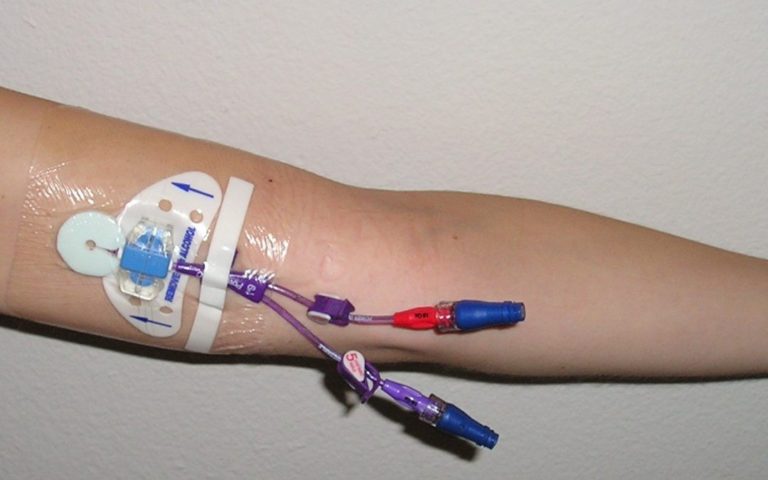Home / Healthcare & Medicine / Antimicrobial & Antibiotic Resistance / The Role of Antifungal Stewardship / How to use antifungals appropriately?

Reach your personal and professional goals
Unlock access to hundreds of expert online courses and degrees from top universities and educators to gain accredited qualifications and professional CV-building certificates.
Join over 18 million learners to launch, switch or build upon your career, all at your own pace, across a wide range of topic areas.

 Above is an image of dentures soaking in water. Water alone will not sterilise the dentures to prevent colonisation with yeast.
Above is an image of dentures soaking in water. Water alone will not sterilise the dentures to prevent colonisation with yeast.
 Above, any intravenous catheter is a potential source of Candida infection.
Above, any intravenous catheter is a potential source of Candida infection.







